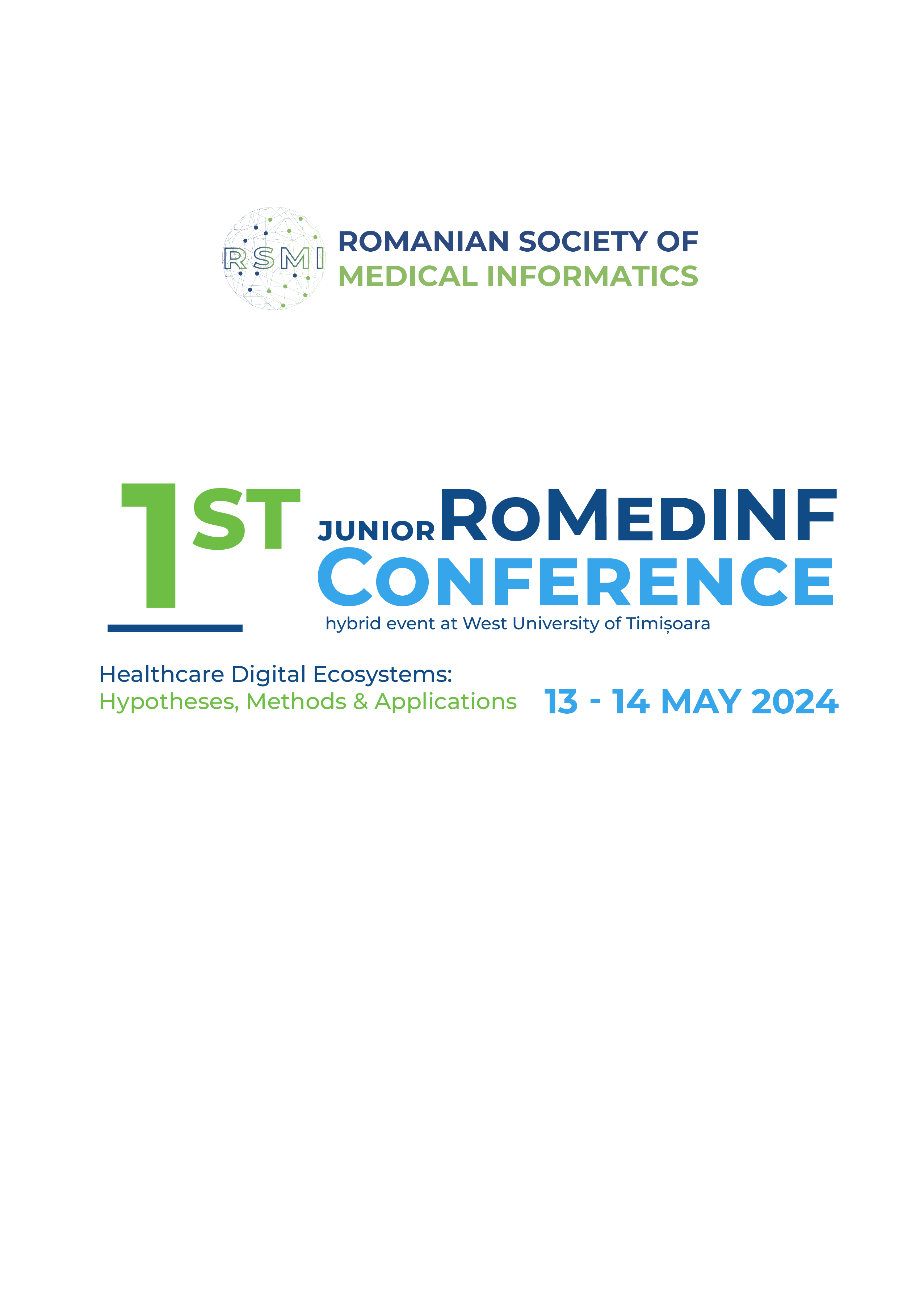Melanoma Detection using Transfer Learning
Keywords:
Melanoma, Melanoma detection, Transfer Learning, DermatologyAbstract
Melanoma is, in most cases, caused by unprotected, long exposure to ultraviolet light; it is included among the rare types of cancer, but when diagnosed late it can be deadly. Along with the challenge of giving a proper diagnosis, in the context of its increased incidence throughout the years, comes the problem of medical care access. There are people living in isolated, low-income areas that do not have the opportunity to seek proper medical investigations. In these remote areas medical care often translates to going to the general practitioner for treatment. Taking this information into account, a tool to support the general practitioners in deciding if further investigations are needed would be highly beneficial and could help reduce costs and resources on both sides. As it is a hard task to develop reliable prediction models from scratch, the chosen method was to perform transfer learning on an existing network using Deep Network Designer in MATLAB. This process involved choosing which pretrained network to use as a starting point, in this case SqueezeNet, and then specializing it for its designated task. The dermoscopic images used were from the ISIC database, 600 images were selected (300 melanoma and 300 non-melanoma formations, confirmed through biopsy). Every image was rotated at 90°, 180° and 270°, resulting in a total of 2400 images (1200 melanoma and 1200 non-melanoma formations). By doing this, the number of images given as input is maximized, while also feeding the network with 4 different perspectives of the same lesion. The dataset was randomly split into training (70%), validation (20%), and testing (10%) data. The overall accuracy on the testing data (240 images) was ≈91%. Further gathering more dermoscopic images for training and testing might perfect the results, making the model as reliable as possible.
Downloads
Published
How to Cite
Issue
Section
License
Copyright (c) 2024 Adela-Vasilica GUDIU, Lăcrămioara STOICU-TIVADAR

All papers published in Applied Medical Informatics are licensed under a Creative Commons Attribution (CC BY 4.0) International License.

